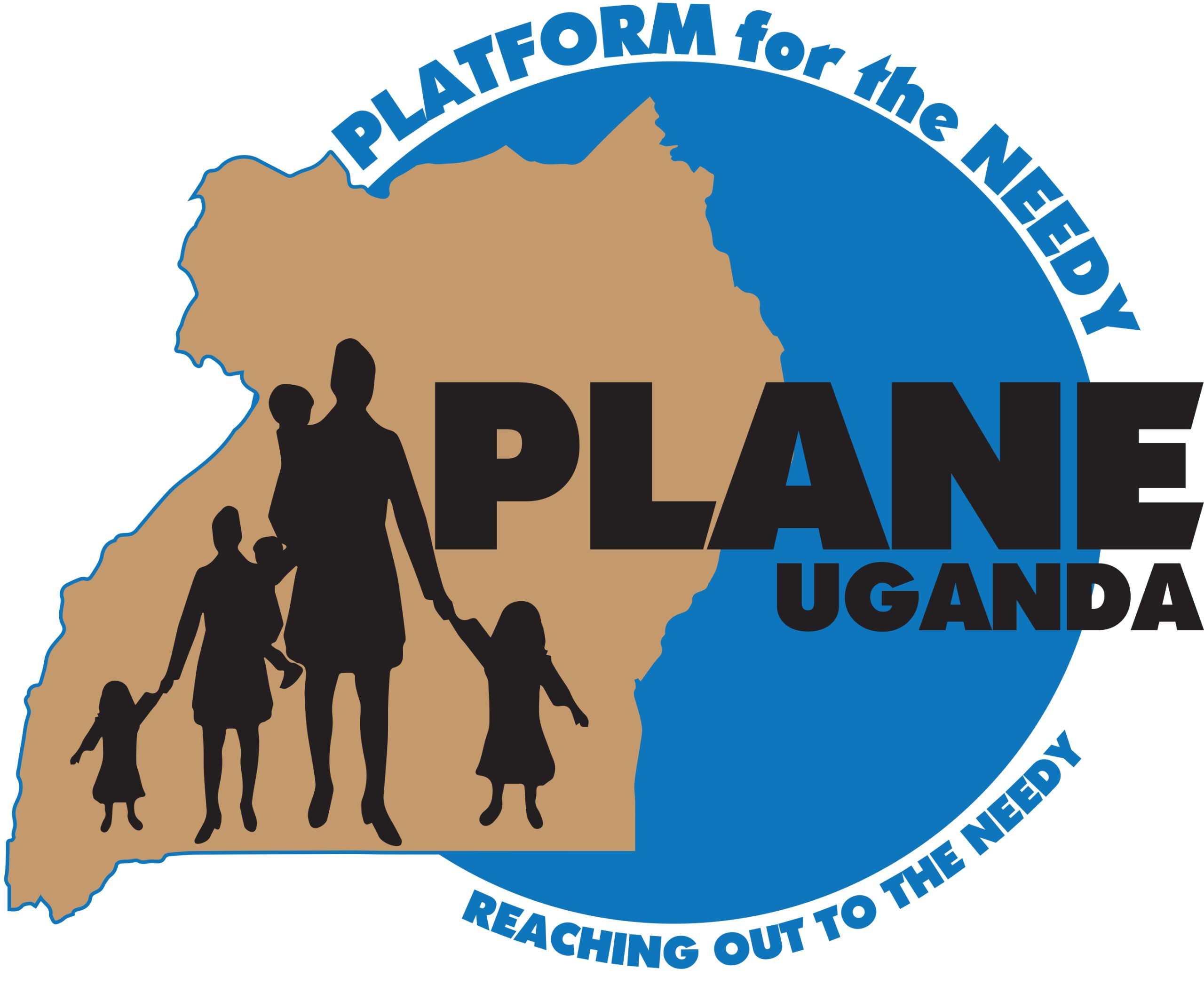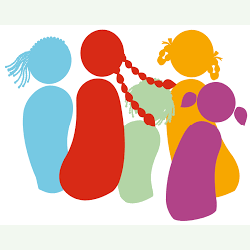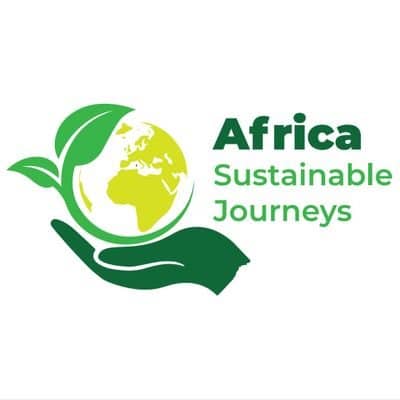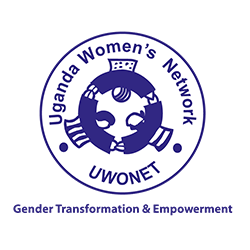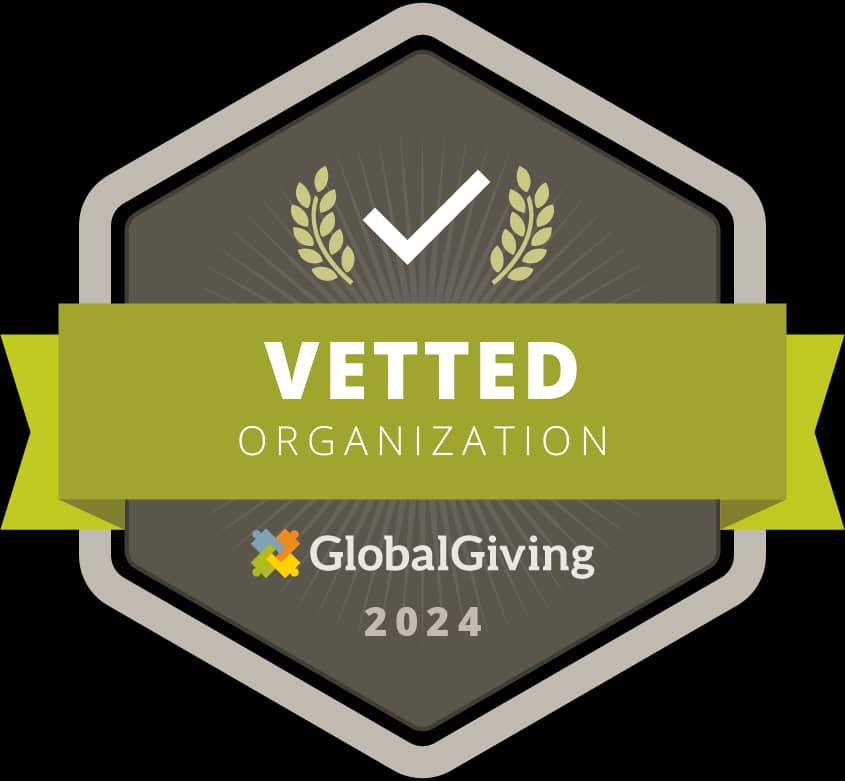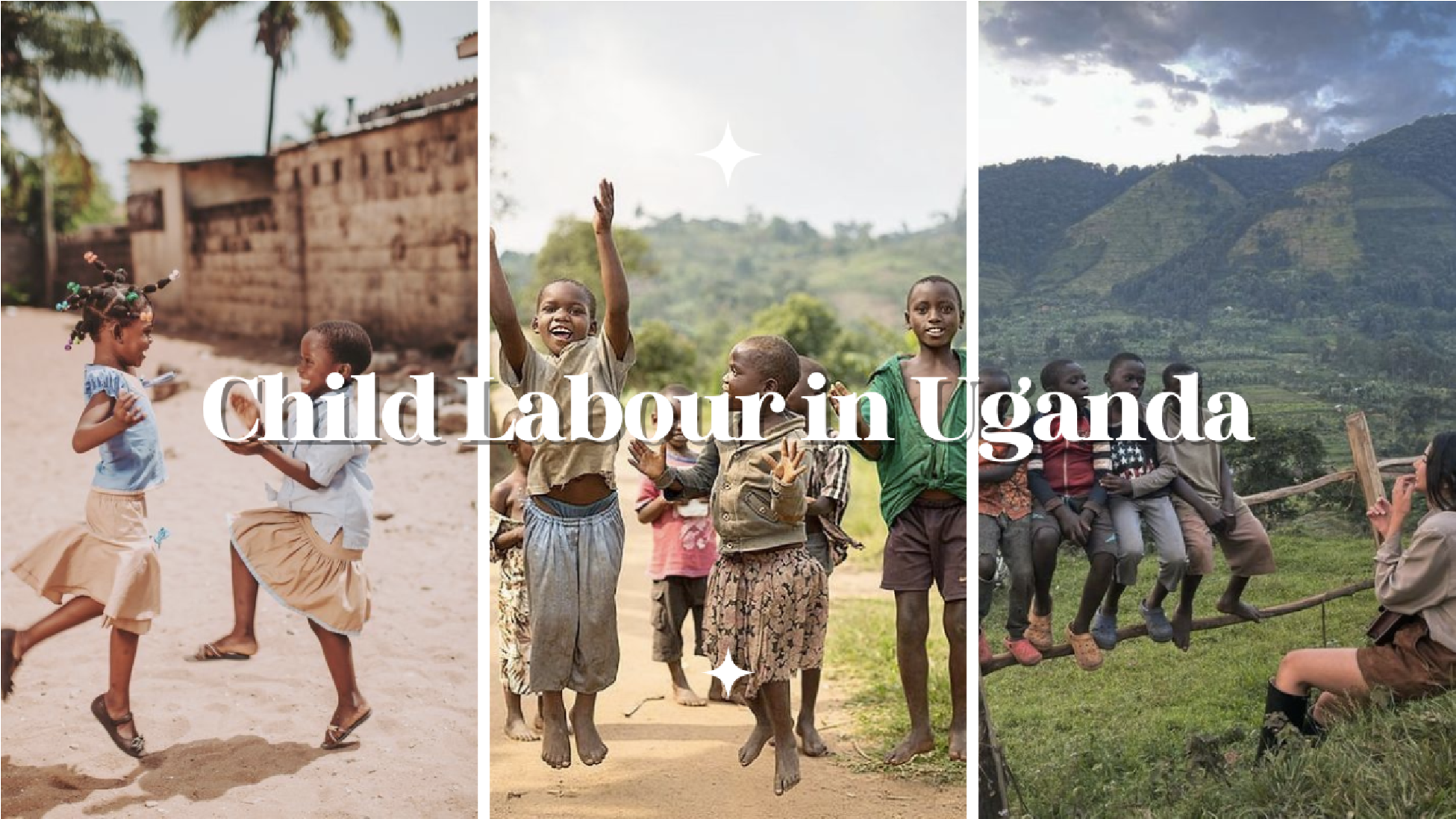
Introduction
Uganda, a land of natural beauty and cultural diversity, faces a significant social issue that continues to cast a dark shadow on its future – child labour. Despite considerable efforts from government and non-governmental organizations, child labour remains a highly pressing concern in Uganda, robbing children the joy of their childhood, education, and dignity. This article sheds light on the dark reality of child labour in Uganda, exploring its root causes, consequences, and the need for urgent action for change.
The State of Child Labour in Uganda
Child labour is alarmingly prevalent across Uganda, affecting children of various ages, particularly those from vulnerable and marginalized communities. In rural areas, where poverty is rampant, children are often compelled to work in agriculture, domestic chores, and small-scale mining. In urban centres, they are found working in markets, factories, and as street vendors, facing hazardous conditions and meagre wages.
Root Causes of Child Labour
Several interconnected factors contribute to the perpetuation of child labour in Uganda:
- Poverty: Poverty remains a major driving force behind child labour. Impoverished families often resort to sending their children to work to supplement household income, leading to a vicious cycle of exploitation.
- Lack of Education: The lack of accessible and quality education denies many children the opportunity to break free from the cycle of poverty and find alternative paths for their future.
- Cultural Norms: Deep-rooted cultural norms that prioritize traditional roles and responsibilities over education can hinder efforts to combat child labour.
- Weak Legislation and Enforcement: Despite having laws in place to protect children from labour exploitation, enforcement mechanisms remain weak, allowing some corrupt employers to exploit vulnerable children with impunity and negative, malicious intents
Consequences of Child Labour
Child labour takes a heavy toll on the physical, emotional, and psychological well-being of the affected children:
- Lost Childhood: Forced into the adult world prematurely, child labourers miss out on the joys of childhood, including play, education, and social development.
- Health Hazards: Working in hazardous conditions, these young souls face risks of injury, illness, and exposure to harmful substances.
- Educational Deprivation: Child labour disrupts access to education, trapping children in a cycle of illiteracy and limiting their potential to break free from poverty.
- Cycle of Poverty: Denied proper education and skill development, child labourers often remain trapped in a cycle of poverty, perpetuating the problem for future generations
Addressing the Issue
The fight against child labour requires collective efforts from all stakeholders, including the government, civil society, communities, and international organizations:
- Strengthening Legislation: The government must enforce existing laws more rigorously and enact stricter penalties for those violating child labour regulations.
- Accessible Education: Ensuring affordable and quality education for all children can break the cycle of poverty and provide them with opportunities for a brighter future.
- Awareness and Sensitization: Raising awareness about the detrimental effects of child labour and changing cultural norms that carry on this cruel practice are crucial steps towards eradication and elimination.
- Support for Families: Providing financial support to struggling families can reduce the need to send their children to work and ensure access to basic necessities.
- Corporate Responsibility: Businesses and industries must adhere to ethical practices, ensuring that they do not employ child labour in their supply chains.
Conclusion
We must act quickly and effectively to address the issue of child labour in Uganda, as it greatly impacts the future of the nation. The children of Uganda hold the key to the country’s success, and by eliminating child labour, we can unlock their full potential. Together, let’s work towards a society that values and protects the safety, well-being, and growth of its children – a society that treasures and defends the purity and aspirations of its youth and children. Only then can we create a brighter and more equitable future for all.
Hasini Keetha
July 19th, 2023
–
Uganda: More than 2 million children engaged in exploitative labour practices including in agribusiness & retail sectors, says columnist – Business & Human Rights Resource Centre
Digital Technology: A Game Changer in the Fight Against Child Labour in Uganda‘s Agriculture Sector
“I Must Work to Eat”: Covid–19, Poverty, and Child Labor in Ghana, Nepal, and Uganda | HRW
Uganda‘s National Action Plan against Child Labour | ECLT Foundation
